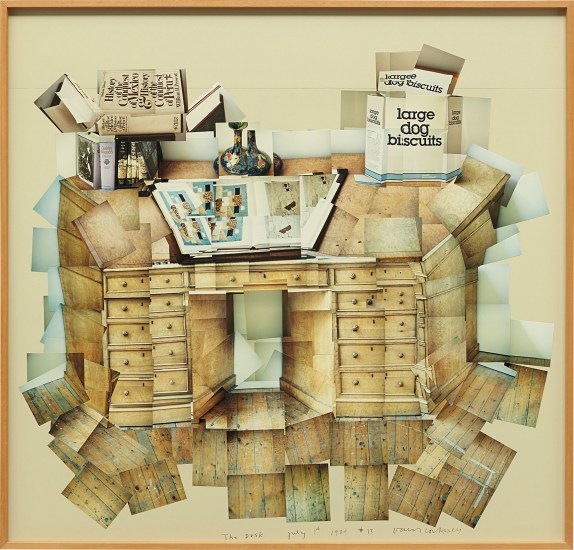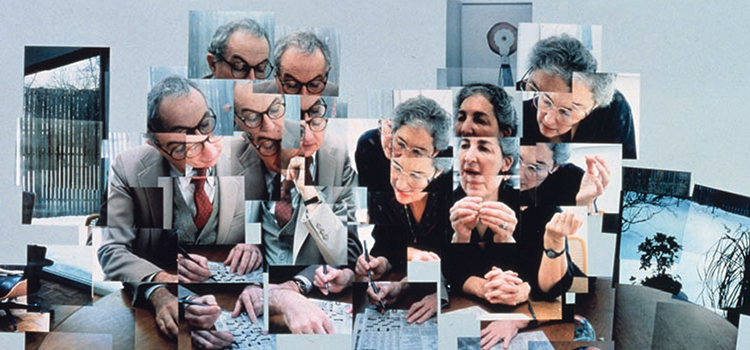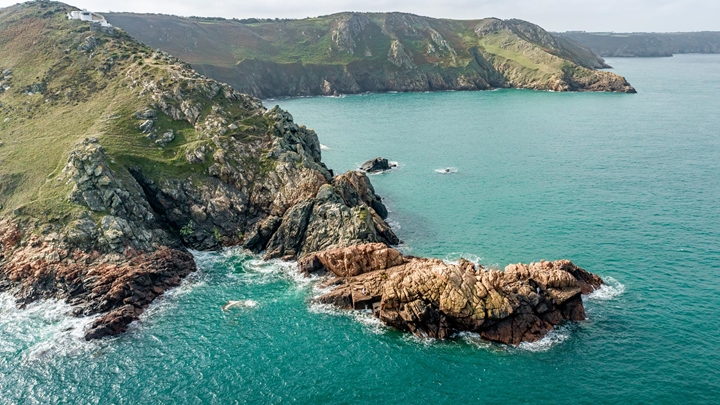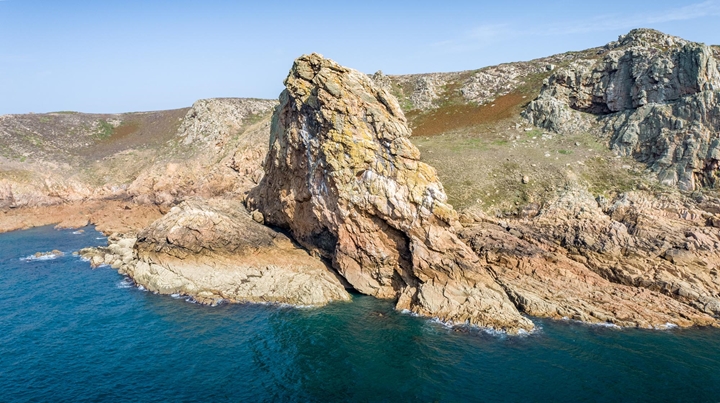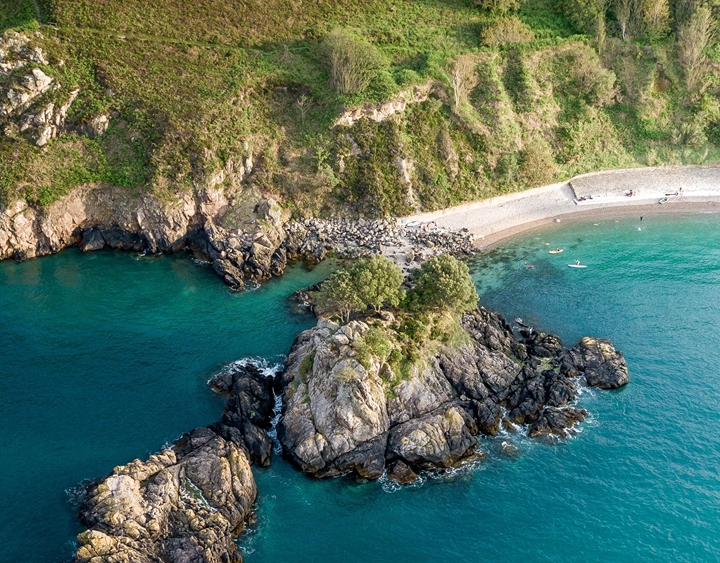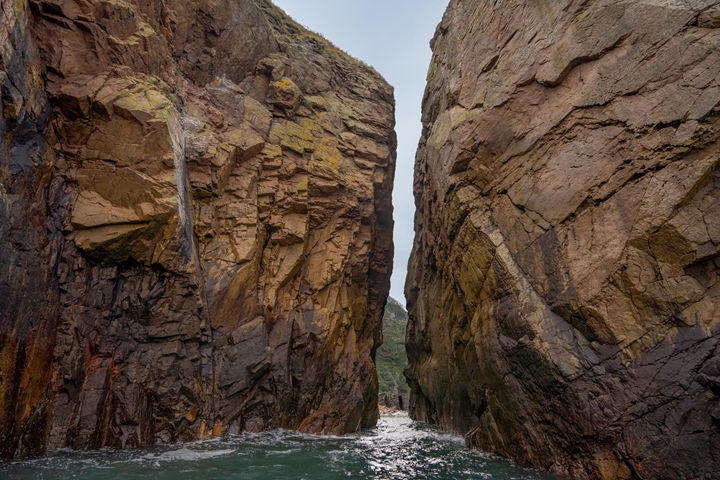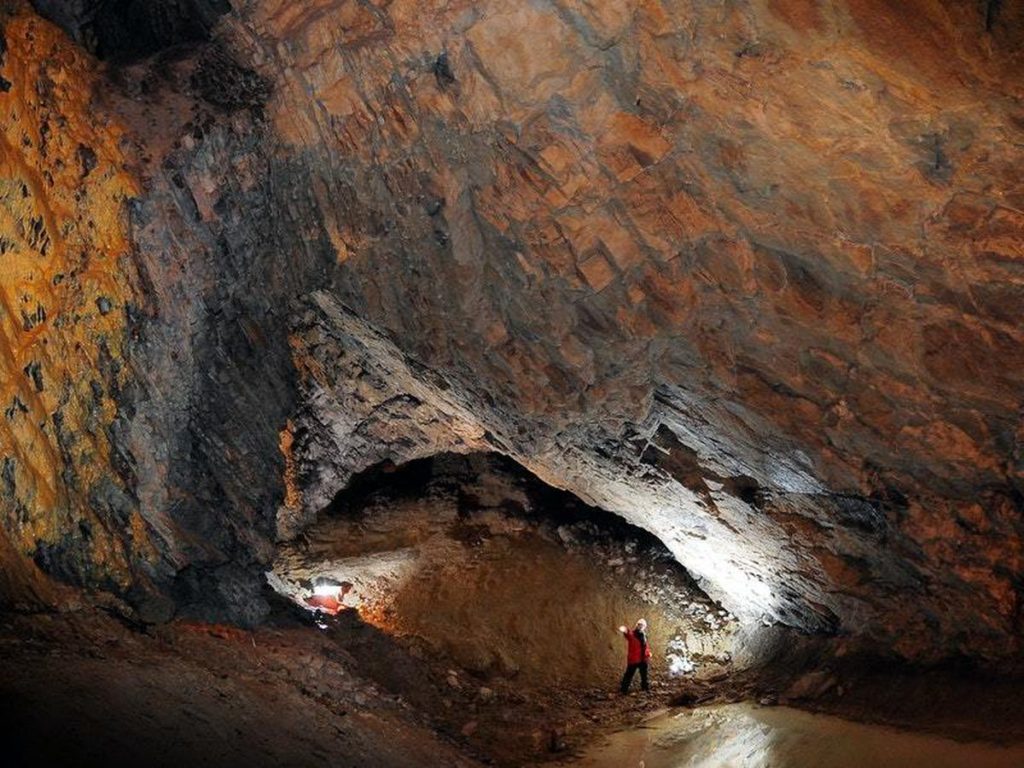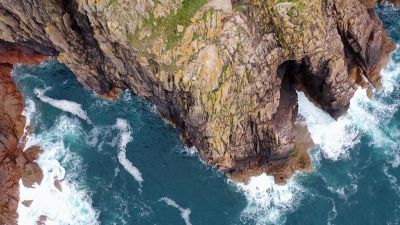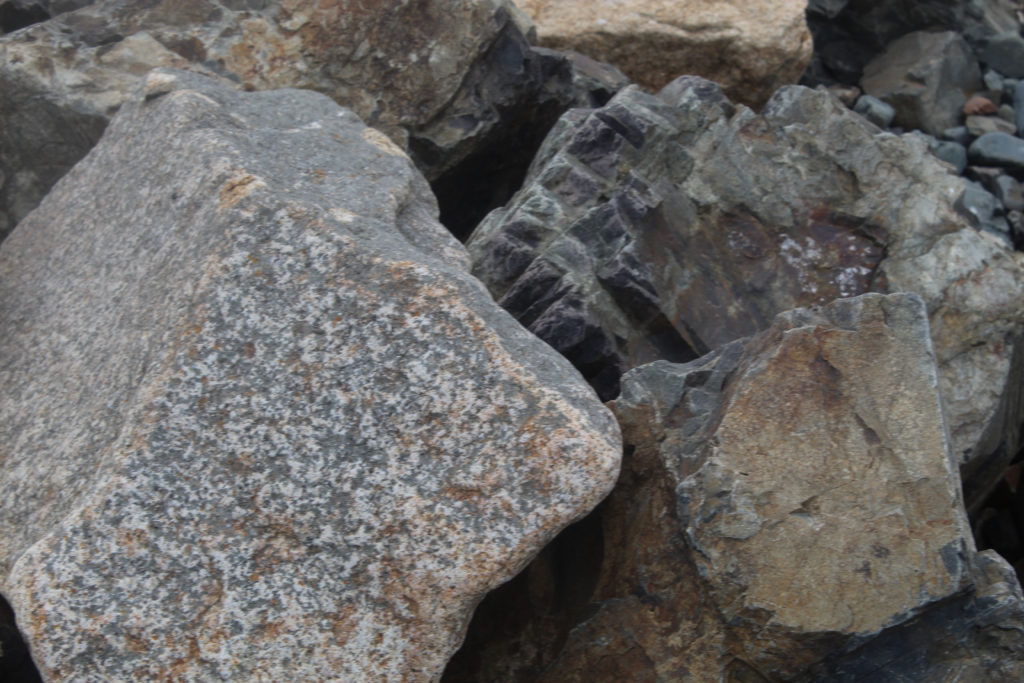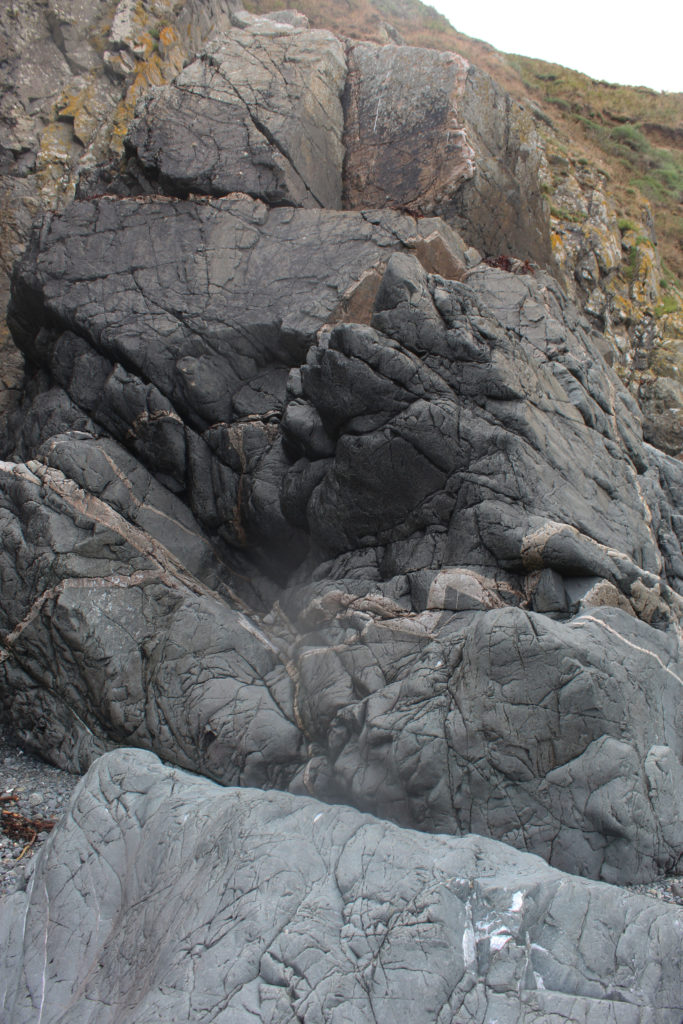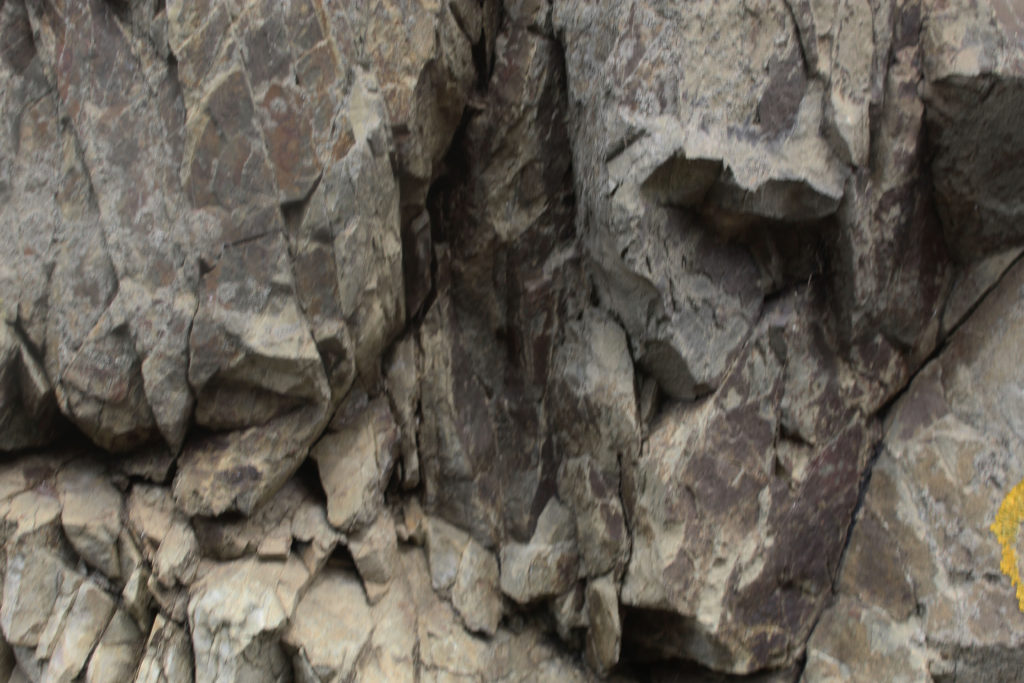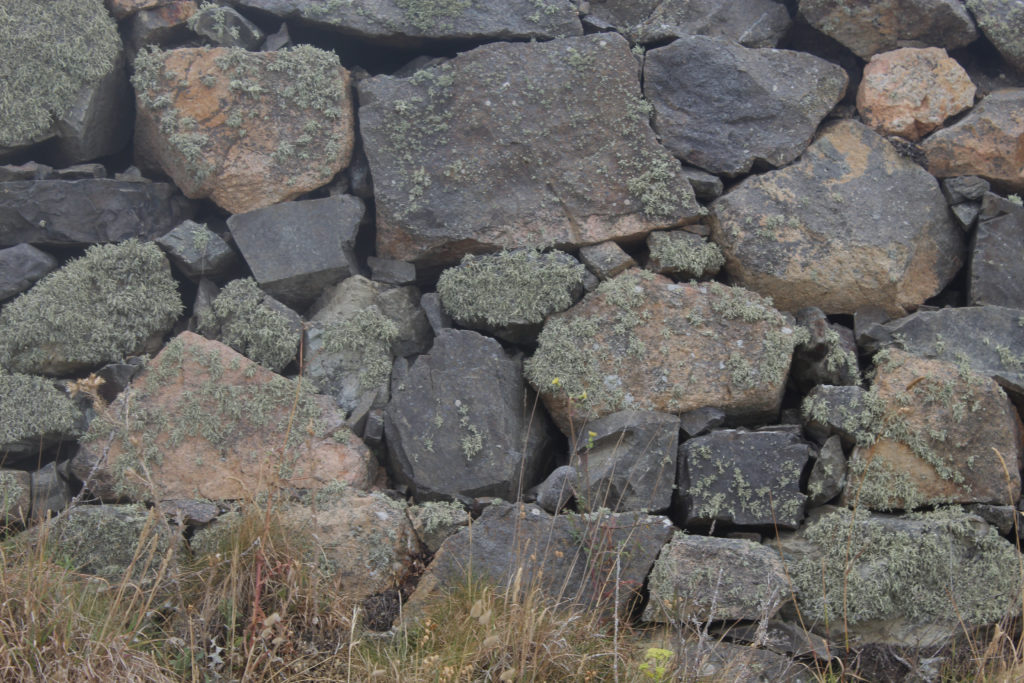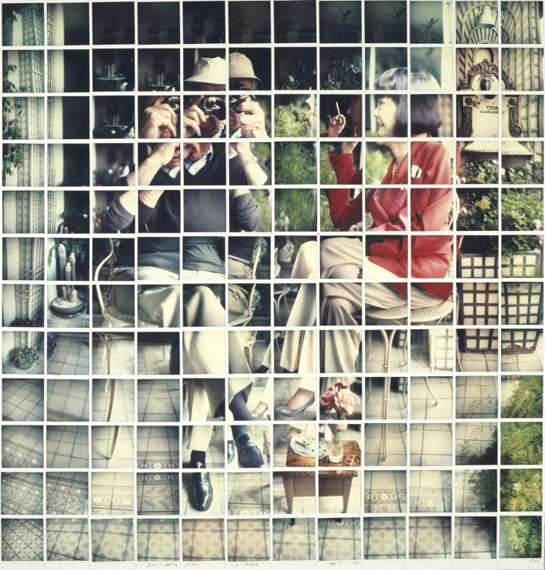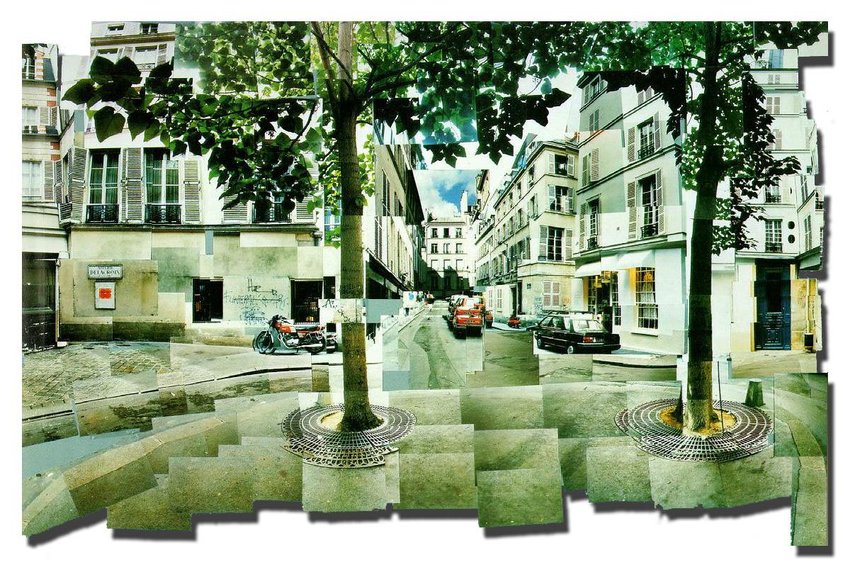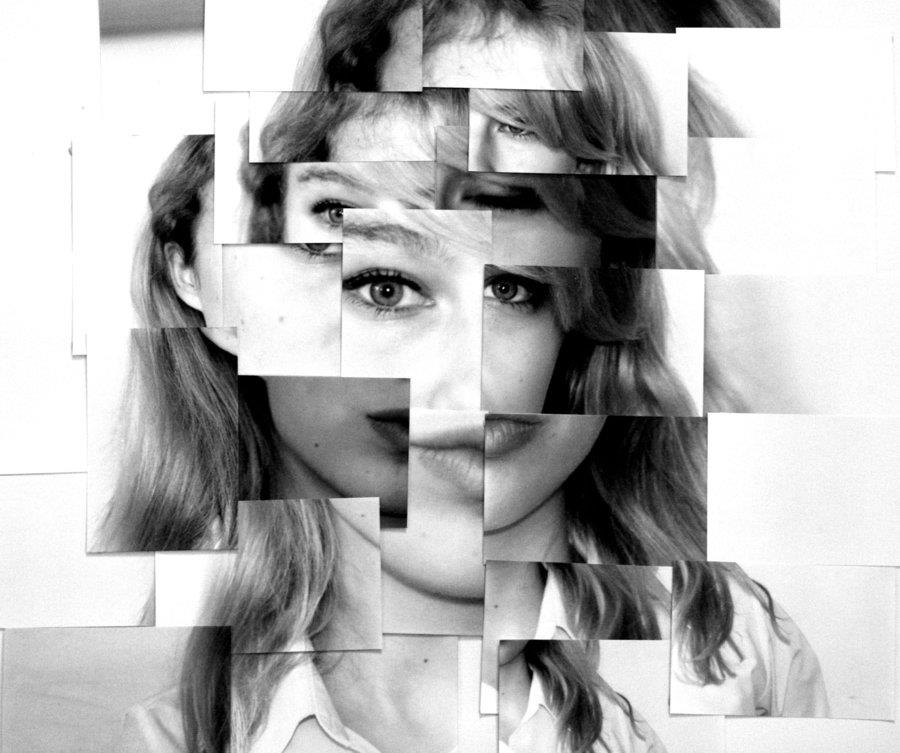
David Hockney was born on July 9th, 1937, in Bradford, UK. He is an English painter, draftsman, printmaker, stage designer, and photographer. As an important contributor to the pop art movement of the 1960s, he is considered one of the most influential British artists of the 20th century.
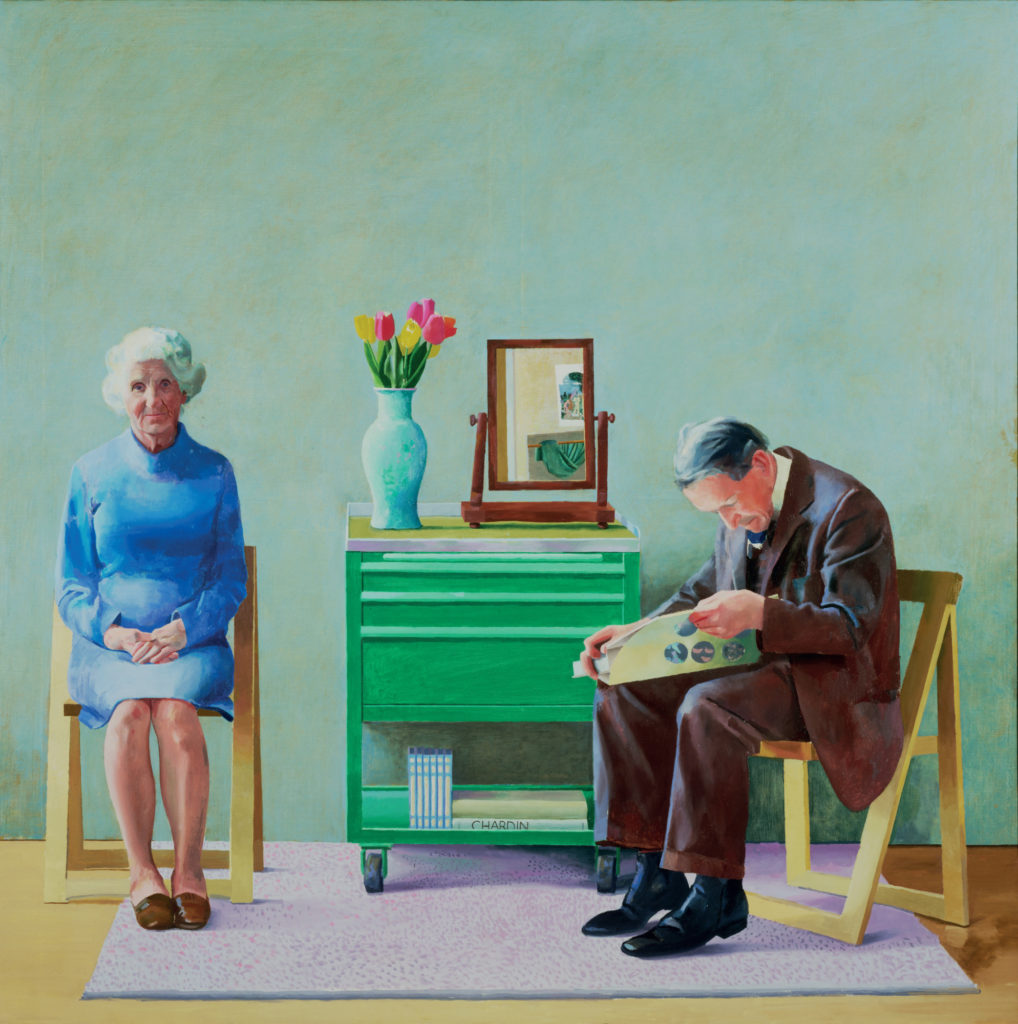
“My Parents” 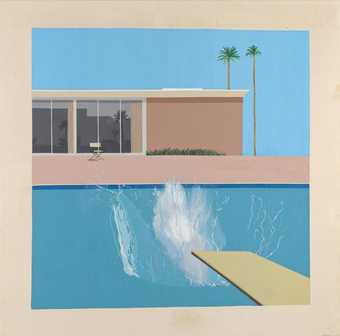
“A Bigger Splash” 1967 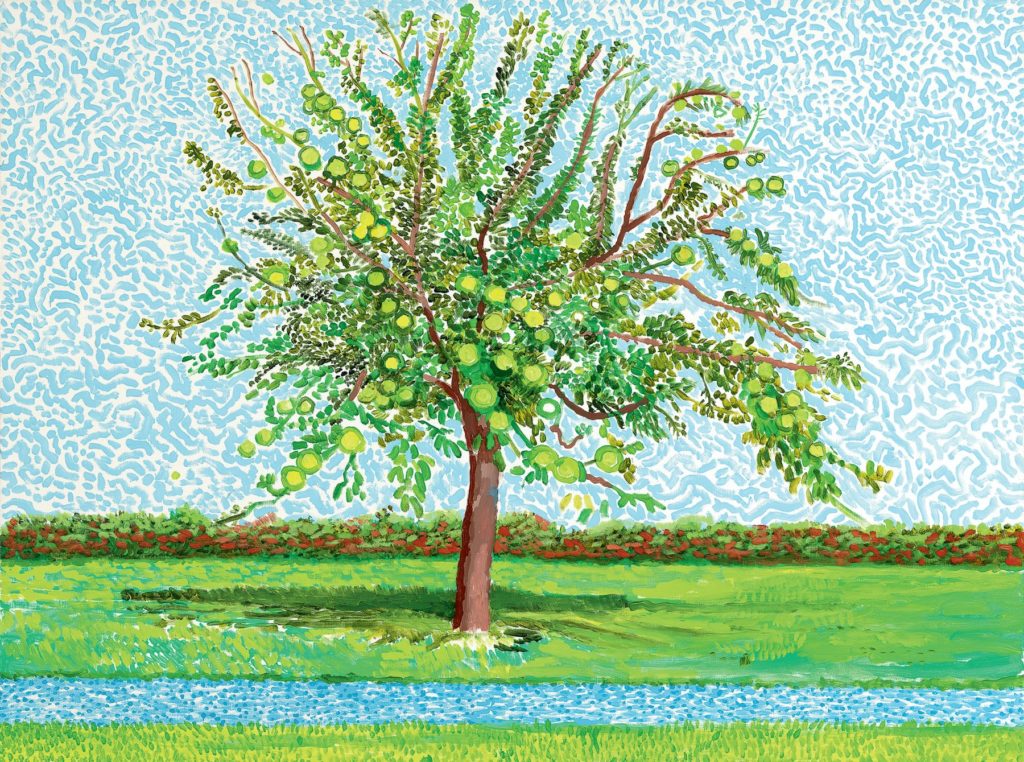
“Apple Tree” 2019
Joiners:
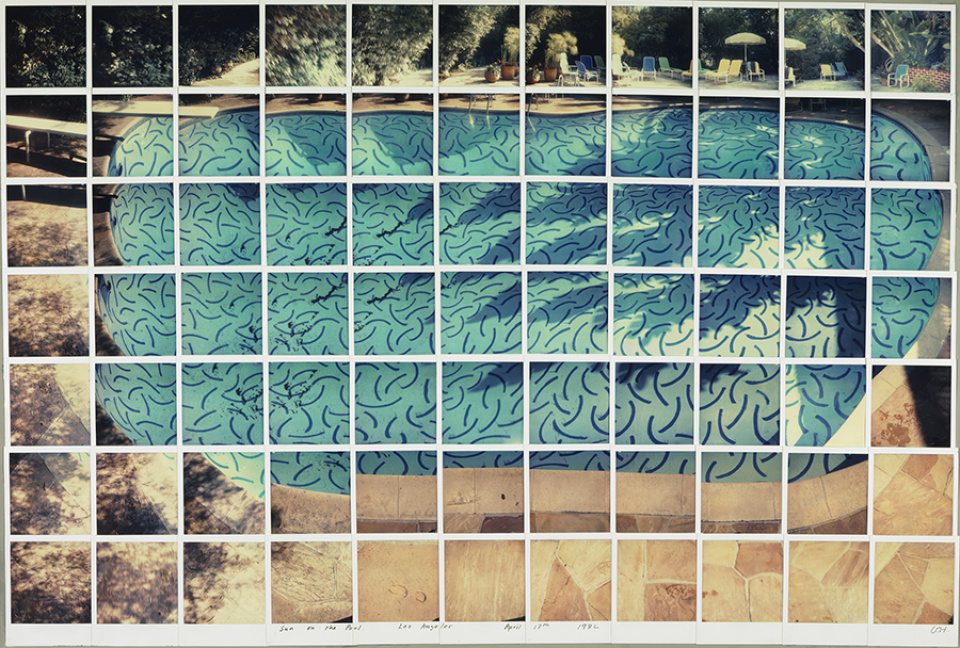
A photo joiner is the process of taking a multiple images of the same subject from different angles and viewpoints. And then putting them all together to create a new and abstract image. Joiners aimed to create an image that was able to show reality how we experience it (in fragments, not as a whole), and to show the passage of time.
David Hockney started creating photo collages in the 1980s and called them ‘joiners’. His earlier collages consisted of grid-like compositions made up of polaroid photographs. Later on he started working with photoprints and overlapping them in order to create a new image. He takes multiple and varying images of just individual subject.


